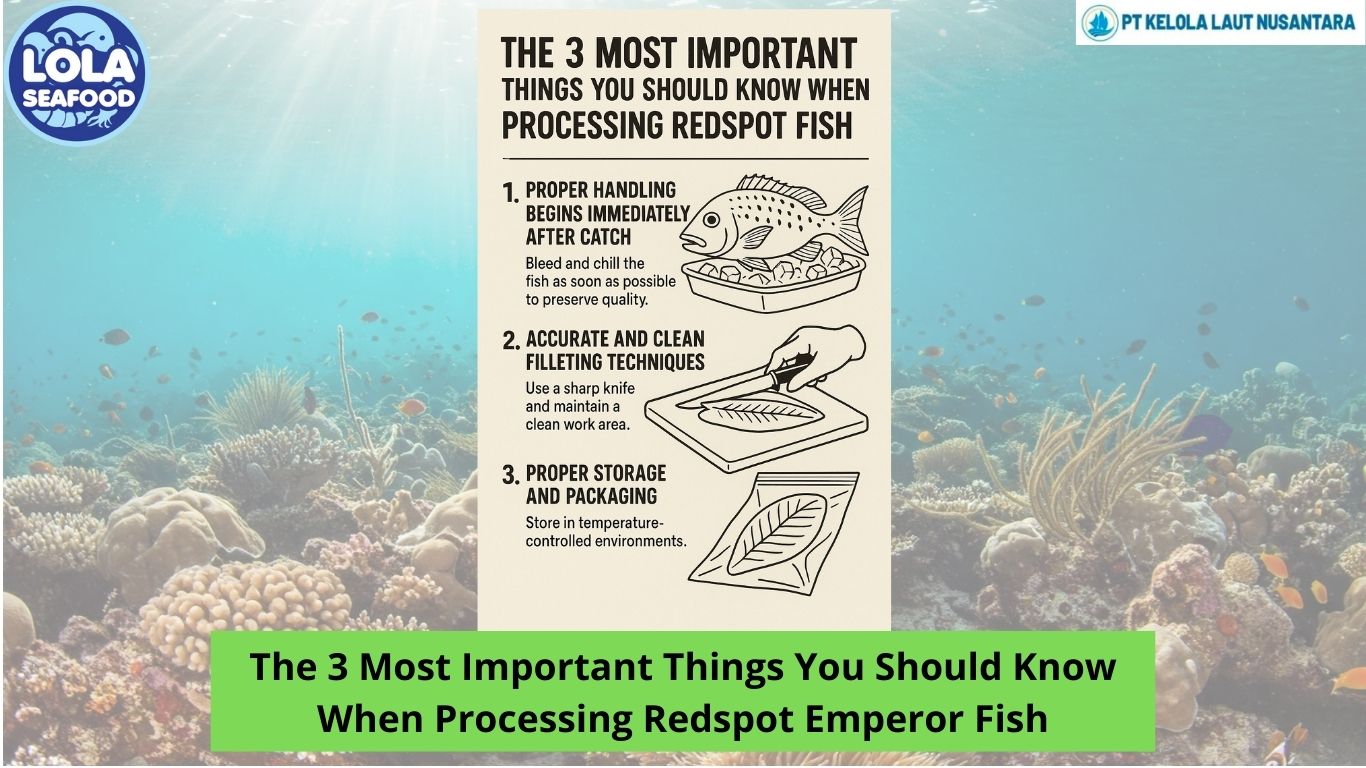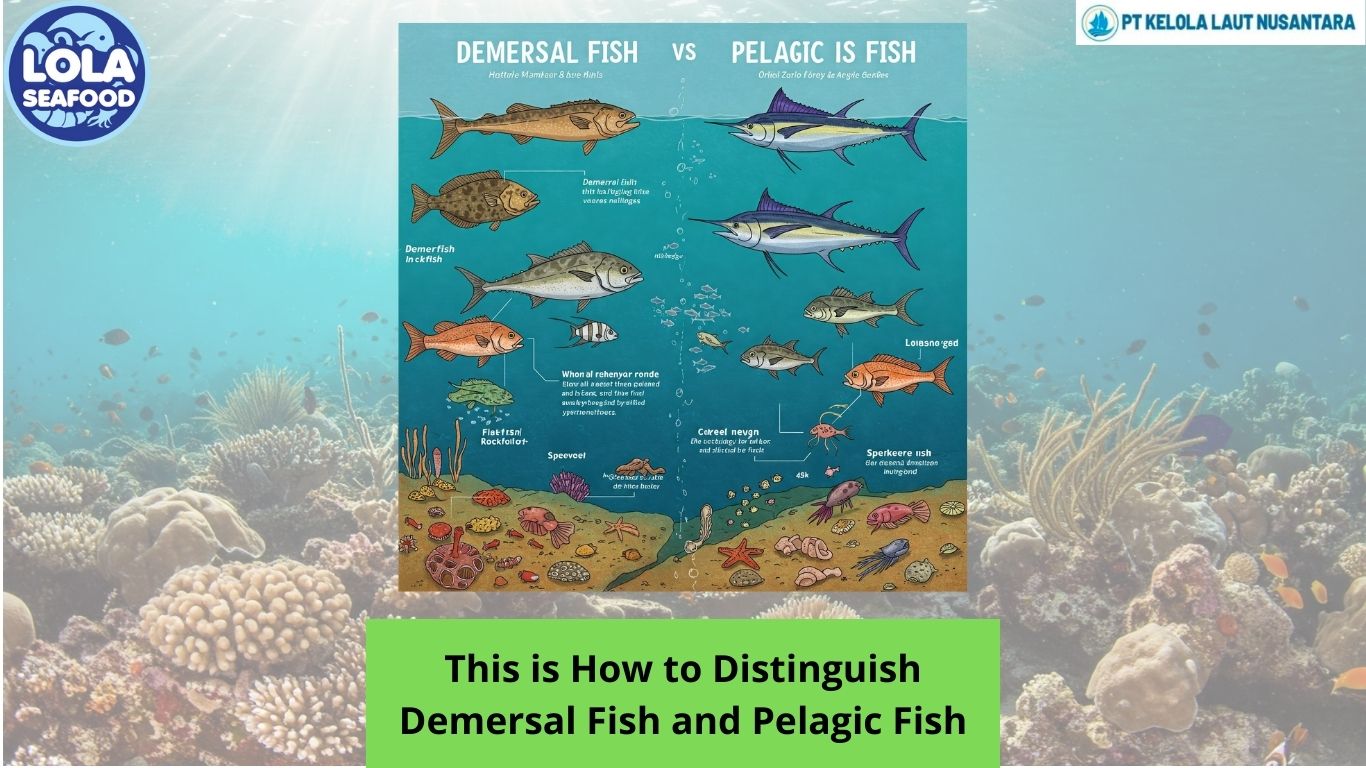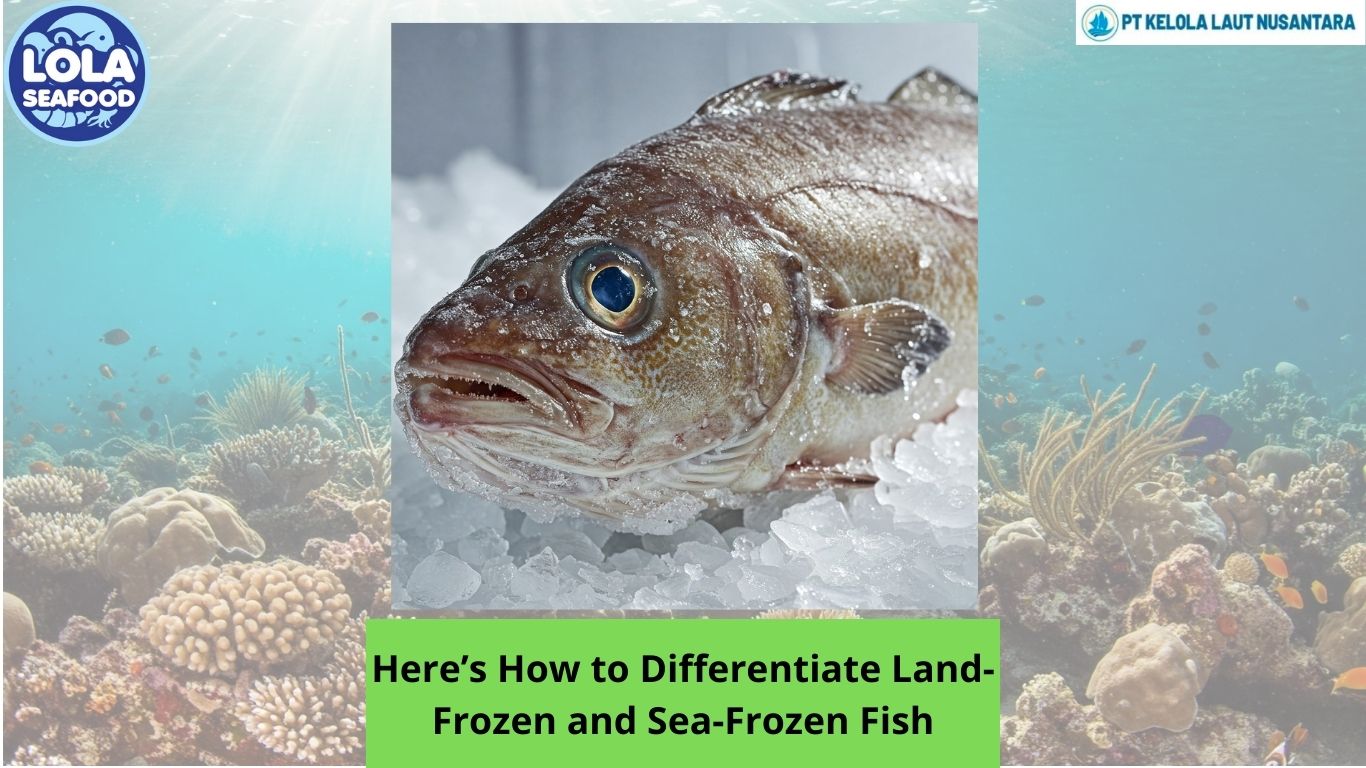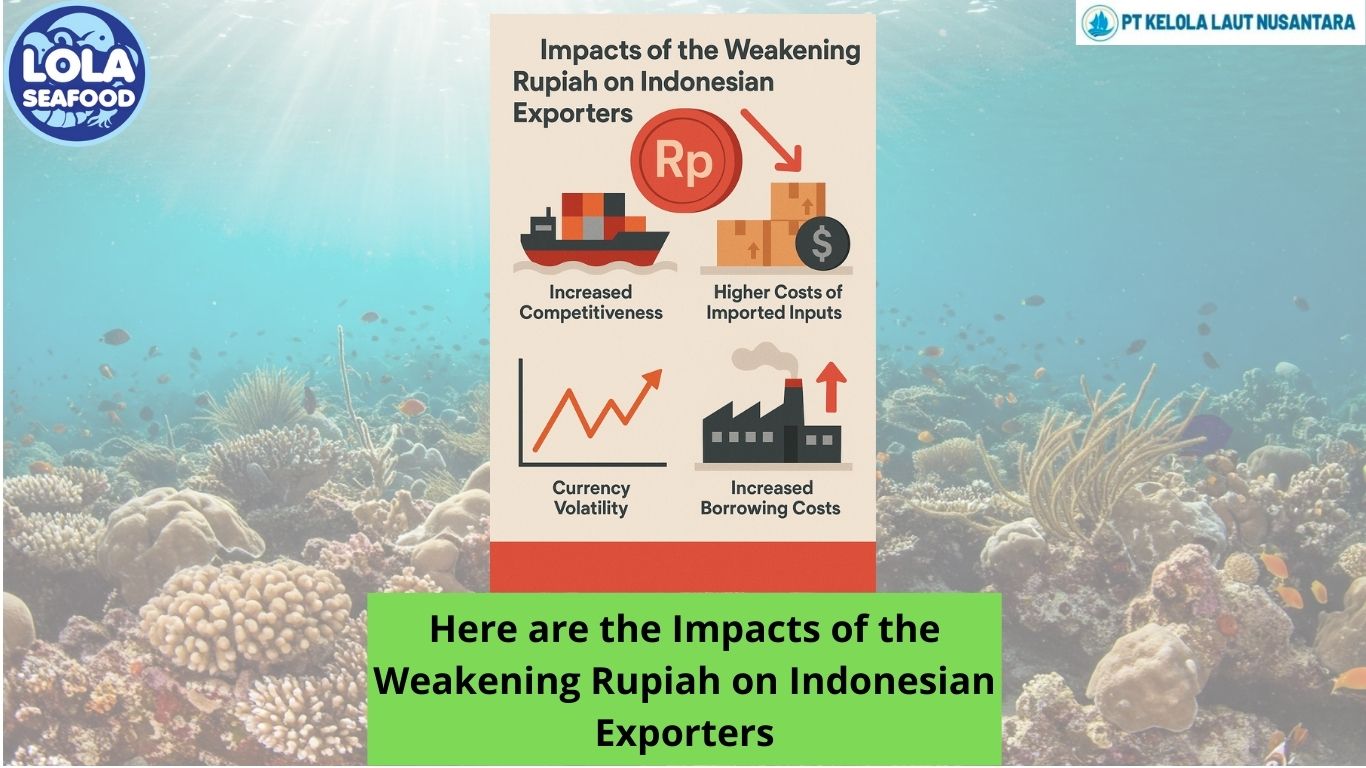Technological Innovations in Fish Freezing: From Flash Freezing to IQF
By. Najih - 04 Sep 2024.jpg)
The fish freezing industry has witnessed significant technological advancements that have transformed how fish is preserved, processed, and delivered to consumers. Innovations such as flash freezing, Individual Quick Freezing (IQF), and cryogenic freezing have not only improved the quality and safety of frozen fish but have also enhanced operational efficiency and sustainability. This article explores these key technologies and their impact on the industry.
1. Flash Freezing
Overview: Flash freezing, also known as blast freezing, involves rapidly lowering the temperature of fish to below -30°C (-22°F) using high-velocity cold air. This quick freezing process is crucial for preserving the freshness and texture of fish.
Benefits:
- Preservation of Quality: By freezing the fish rapidly, flash freezing minimizes the formation of large ice crystals that can rupture cell walls, preserving the fish’s texture and flavor.
- Nutrient Retention: Faster freezing helps retain more of the fish’s original nutrients, offering a healthier product.
- Reduced Drip Loss: The quick freeze reduces moisture loss during thawing, which is vital for maintaining the fish’s weight and texture.
Technologies:
- Blast Freezers: Industrial blast freezers use powerful fans and low temperatures to achieve rapid freezing. They are commonly used in large-scale fish processing operations.
- Cryogenic Freezing: Utilizes liquid nitrogen or carbon dioxide to achieve near-instantaneous freezing, further enhancing quality preservation.
2. Individual Quick Freezing (IQF)
Overview: IQF technology involves freezing individual pieces of fish separately, rather than in bulk. This process ensures that each piece is frozen individually, preventing them from sticking together and allowing for easier handling and portion control.
Benefits:
- Convenience and Flexibility: IQF fish can be easily portioned and used as needed, which helps in reducing waste and managing inventory more effectively.
- Uniform Quality: Each piece of fish is frozen individually, maintaining consistent texture and quality across the product range.
- Extended Storage: IQF allows for long-term storage without compromising quality, making it ideal for both retail and food service sectors.
Technologies:
- Fluidized Bed Freezers: These systems use a stream of cold air or nitrogen to suspend fish pieces, ensuring they freeze evenly and quickly.
- Spiral Freezers: Fish travel through a spiral conveyor in a cold environment, achieving IQF results while maintaining continuous processing.
3. Cryogenic Freezing
Overview: Cryogenic freezing uses extremely low temperatures achieved with cryogenic gases such as liquid nitrogen or carbon dioxide to freeze fish almost instantly. This method is particularly beneficial for high-quality and delicate products.
Benefits:
- Ultra-Fast Freezing: Cryogenic freezing provides an almost instantaneous freeze, which helps in maintaining the highest quality and texture of the fish.
- Enhanced Preservation: The ultra-low temperatures prevent large ice crystal formation, which is crucial for preserving the delicate cellular structure of the fish.
- Reduced Processing Time: This method speeds up the freezing process, allowing for higher throughput and efficiency in production.
Technologies:
- Liquid Nitrogen Freezers: These use liquid nitrogen to achieve rapid freezing, offering precise control over the freezing process.
- Carbon Dioxide Freezers: Utilize CO2 snow or dry ice to achieve similar results, providing flexibility in various processing environments.
4. Super Freezing
Overview: Super freezing involves lowering the temperature of fish to -60°C (-76°F) or lower. This ultra-low temperature freezing is used for long-term storage and preservation, ensuring that fish maintains its quality over extended periods.
Benefits:
- Extended Shelf Life: Provides a much longer shelf life for frozen fish, making it suitable for long-distance shipping and extended storage.
- Preservation of Freshness: Maintains the fish’s original quality, texture, and flavor even after prolonged storage.
- Reduced Risk of Quality Degradation: Helps prevent quality issues that can arise from longer storage periods.
Technologies:
- Ultra-Low Freezers: Specialized freezers designed to achieve and maintain extremely low temperatures, suitable for super freezing applications.
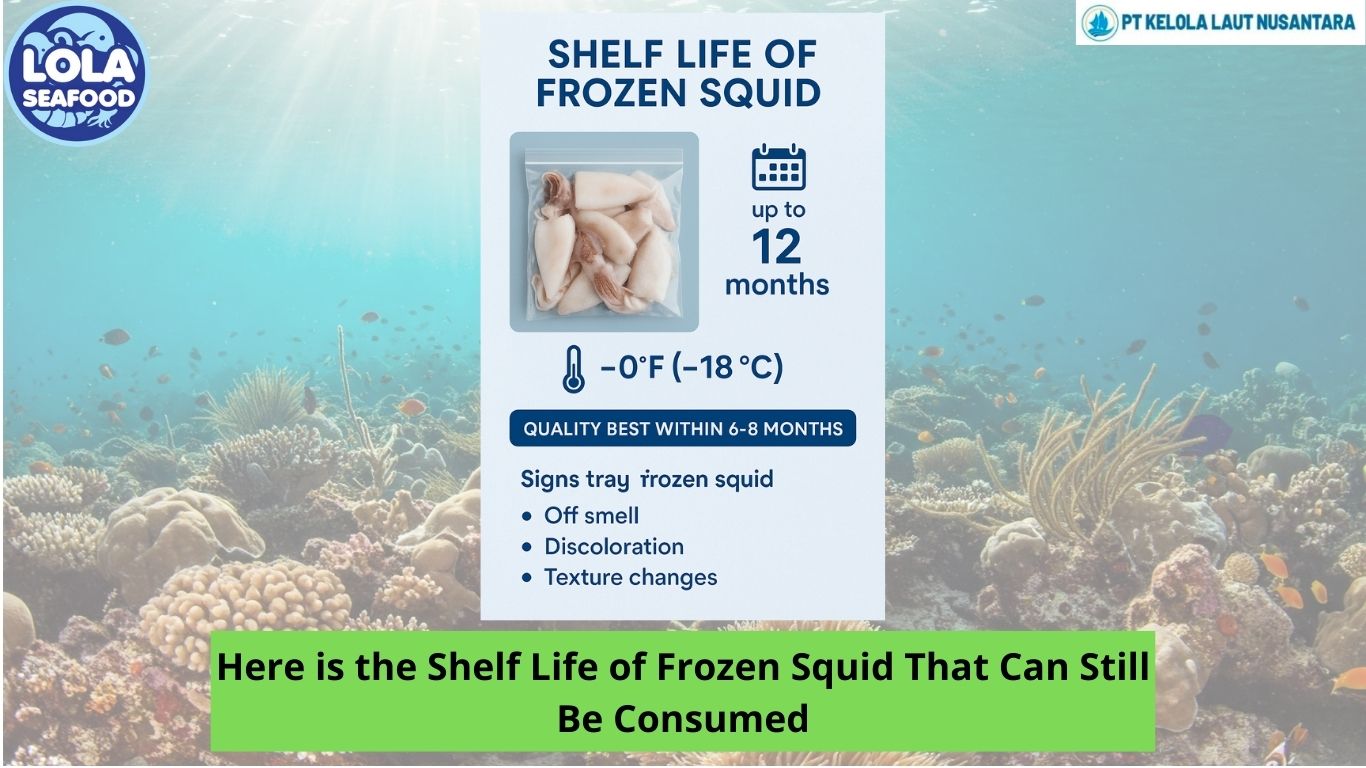
.jpg)
.jpg)
.jpg)
